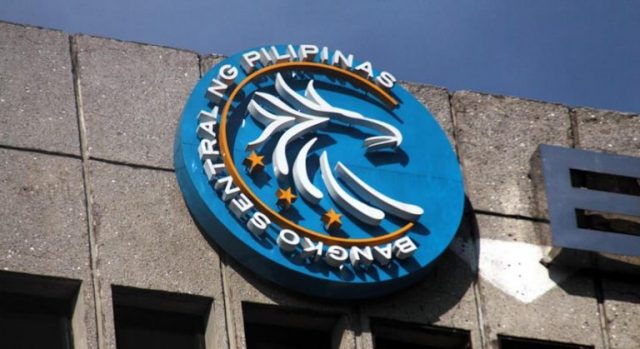Rise in bad debt linked to banks’ inefficiencies, macroeconomy

THE BUILDUP in nonperforming loans (NPLs) in the small business, corporate, and agricultural segments of banks’ credit books are affected by macroeconomic developments as well as these lenders’ operational inefficiency, a Bangko Sentral ng Pilipinas (BSP) study found.
A working paper entitled “Microeconomic and Macroeconomic Determinants of Non-performing Loans: The Case of Philippine Commercial and Savings Banks” published by the BSP said bank supervisors need to consider macroeconomic conditions to appropriately assess lenders’ loss provisions and improve credit risk management regulations.
“Previous NPLs seem to be the leading indicator of current NPLs suggesting its persistence over time. Thus, bank supervisors should encourage banks to implement effective NPL resolutions and early loan remedial strategies to arrest possible accumulation of NPLs,” the paper said.
Based on the study, “cost-inefficient” banks or those with higher non-interest expense versus their average assets tend to have higher NPLs in the small- and medium-sized enterprises (SMEs) and agricultural loan segments. This indicates that the quality of the mandatory credit quota for these sectors is linked to the operational inefficiency of these lenders, it said.
Republic Act 6977 or the Magna Carta for MSMEs requires banks to allocate at least 10% of their loan portfolio for small businesses to boost the sector.
Meanwhile, Republic Act 10000 or the Agri-Agra Credit Act of 2009 mandates banks to lend at least 25% of their portfolio to the agriculture and agrarian reform sector.
Most banks do not meet these mandatory credit requirements and instead opt to pay penalties rather than take on the risks associated with lending to these sectors.
The study also found that rising unemployment rates seem to have a relationship with increasing agricultural NPLs.
“Bank supervisors should encourage banks to improve their loan monitoring and collection efforts particularly on agricultural and SME loans as well as offer loan restructuring program whose repayment terms are aligned with borrowers’ cash flows,” it said.
“Bank regulators can consider providing regulatory incentives on agricultural lending to encourage banks’ compliance with the mandatory credit allocation and to compensate for the higher risk of agricultural loans,” it added.
Meanwhile, the study associated NPLs in the SME segment with tighter credit standards. Rising gross domestic product growth rates were also identified as contributory factors to higher NPLs in the SME segment, with the impact “tending to last for a long period”.
“Taken together, these two findings suggest a deterioration in SME loan quality and a possible credit risk buildup in SME lending segment of banks along with Philippine economic progress,” it said.
The study used data from loans of universal, commercial, and thrift banks from the first quarter of 2009 to the fourth quarter of 2018.
The banking industry’s non-performing loans have been growing as the coronavirus crisis has affected borrowers’ capacity to pay their debt.
As of April, the banking industry’s NPL ratio reached 4.35%, the highest since the 4.37% logged in May 2009. This, as soured loans surged 84% to P463.659 billion from a year earlier. — L.W.T. Noble



